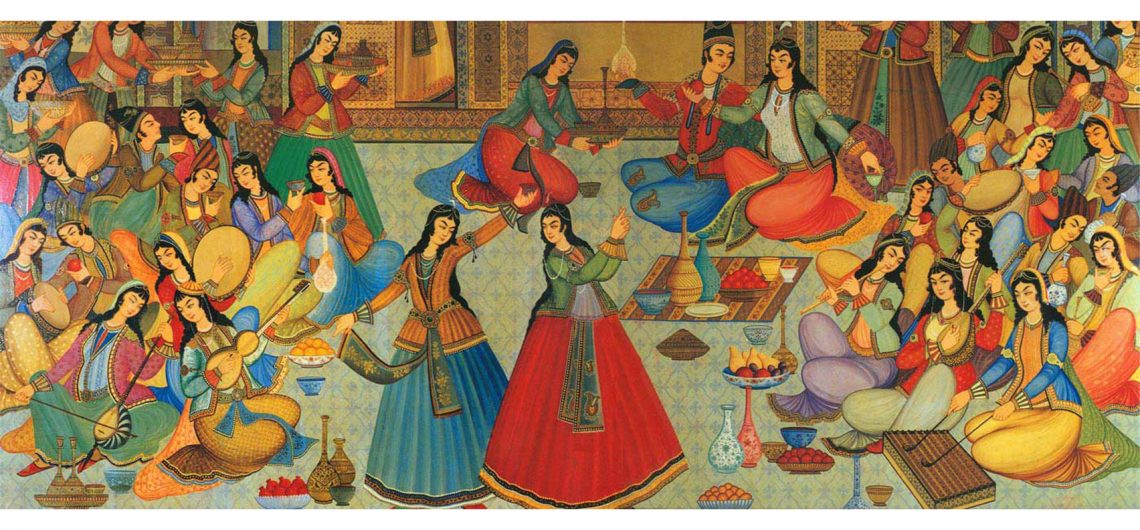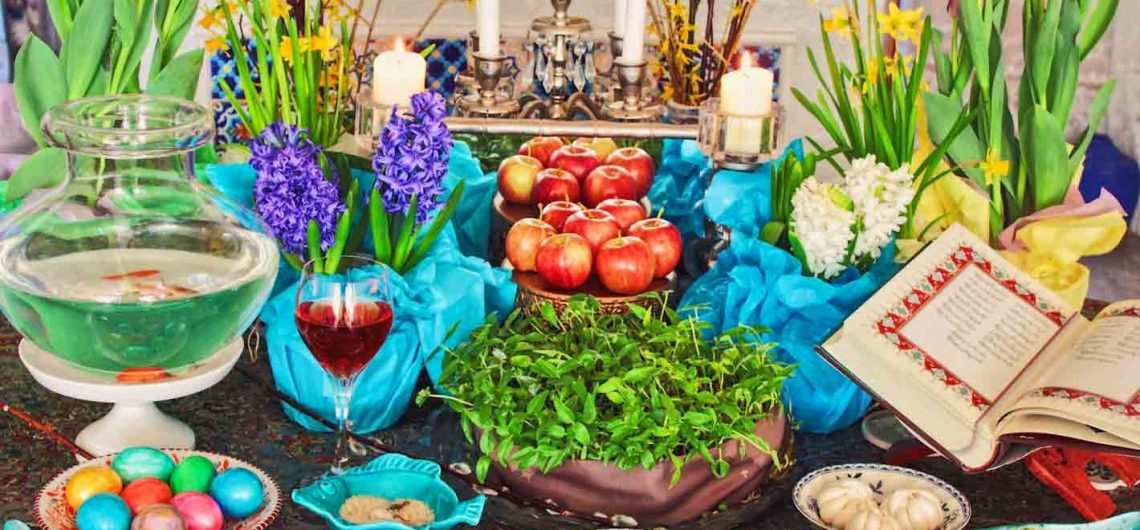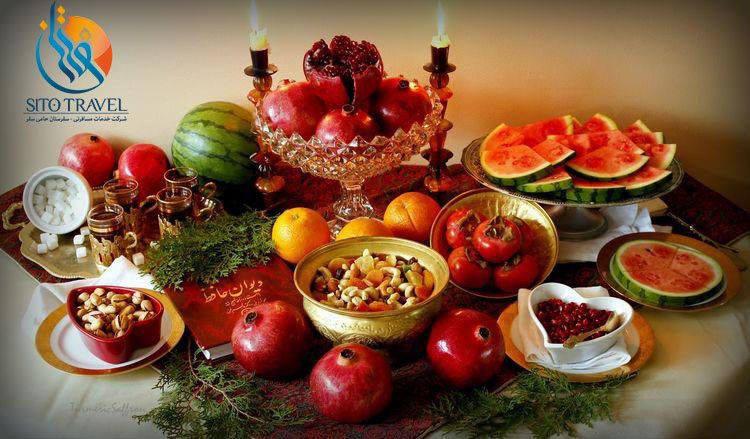The Night of Yalda The longest night of the year The winter solstice marks the longest night in the Persian calendar, Yalda (December 21 or 22), celebrated by Iranian families since ancient times and as Nowruz - Persian New Year, March 21 - is a festival whose origin dates back to the pre-Islamic period. The festival celebrates the birth of a sun goddess, Mitra. This festival symbolizes the triumph of light against darkness. Starting tonight, the days get longer and longer. According to the Persian calendar, tonight welcomes dey, the first month of winter. Families often meet at grandparents' homes on that night. Before, people sat around the korsí, a piece of furniture with a table as a brazier and a blanket on it, and there they placed food and fruits. That night's foods consist of watermelon, pomegranate, grapes, walnuts and pistachios, dried fruits, sweets, and tea. Eating watermelon is believed to strengthen the body's immune system during winter. That night is celebrated not only in Iran, but also in neighboring countries such as Tajikistan, Afghanistan, Azerbaijan and Armenia. One of the customs of this ritual is to taste food and fruits and learn about their destiny through Hafez, a Persian mystical poet. Each person with a longing opens Hafez's Book (Divan Hafez) at random and reads a poem from him. This tradition is so important in Iranian culture that it was included in the National Heritage of Iran in 2008 and is pending addition to the UNESCO Intangible Cultural Heritage list.
The Night of Yalda
The longest night of the year
The winter solstice marks the longest night in the Persian calendar, Yalda (December 21 or 22), celebrated by Iranian families since ancient times and as Nowruz – Persian New Year, March 21 – is a festival whose origin dates back to the pre-Islamic period.
The festival celebrates the birth of a sun goddess, Mitra. This festival symbolizes the triumph of light against darkness. Starting tonight, the days get longer and longer. According to the Persian calendar, tonight welcomes dey, the first month of winter.
Families often meet at grandparents’ homes on that night. Before, people sat around the korsí, a piece of furniture with a table as a brazier and a blanket on it, and there they placed food and fruits.
That night’s foods consist of watermelon, pomegranate, grapes, walnuts and pistachios, dried fruits, sweets, and tea. Eating watermelon is believed to strengthen the body’s immune system during winter.
That night is celebrated not only in Iran, but also in neighboring countries such as Tajikistan, Afghanistan, Azerbaijan and Armenia. One of the customs of this ritual is to taste food and fruits and learn about their destiny through Hafez, a Persian mystical poet. Each person with a longing opens Hafez’s Book (Divan Hafez) at random and reads a poem from him.
This tradition is so important in Iranian culture that it was included in the National Heritage of Iran in 2008 and is pending addition to the UNESCO Intangible Cultural Heritage list.




